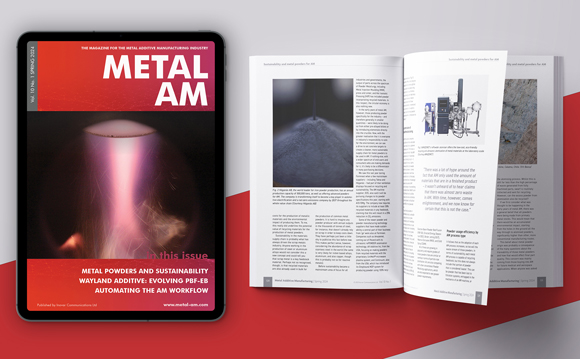3MF Consortium joins Linux Foundation, appoints new Executive Director
July 21, 2020
The 3MF Consortium, an organisation dedicated to advancing a universal specification for Additive Manufacturing, has announced that it is becoming a Linux Foundation member and that HP Inc.’s Luis Baldez is its new Executive Director.
Baldez succeeds Microsoft’s Adrian Lannin, who has served as 3MF’s ED since the consortium was founded in 2015. Lannin will remain a strategic advisor to the group.
The 3MF Consortium is comprised of a number of AM hardware and software companies, and releases and maintains the 3MF specifications that allow design applications to send full-fidelity 3D models to a mix of other applications, platforms, services and machines.
The consortium is among the original members of the Joint Development Foundation (JDF), which became part of the Linux Foundation in recent years to enable smooth collaboration among open source software projects and open standards.
Founded in 2000, the Linux Foundation is supported by more than 1,000 members and is a leading hub for collaboration on open source software, open standards, open data and open hardware. 3MF will now take advantage of the combined strengths of the Linux Foundation/JDF alliance to advance AM specifications and formats.
“The 3MF Consortium has done the important work to create an open standard for 3D printing. The time is now to drive the evolution of 3MF from development to adoption,” stated Baldez. “We would not be where we are today without Adrian Lannin’s leadership and contributions, and we’re looking forward to his insights as our ongoing advisor.”
The 3MF Consortium has grown rapidly since its formation in 2015. It is supported by a number of companies including 3D Systems, Autodesk, General Electric, HP Inc., Materialise, Microsoft, nTopology, Stratasys, and Siemens, and the 3MF specification has been implemented in nearly forty products across twenty-two companies.
The robust specification includes six extensions that range from core and production to slice, material and property (including colour), beam lattice and security. The consortium recently released its Secure Content specification, which establishes an underlying mechanism for payload encryption of sensitive AM data based on modern web standards.
















